The Indian rap scene peaked in the 90s and slumped the decade after. Now, as rappers are back in the reckoning, talented rap artists talk about the rise and fall of this genre and its future in our country
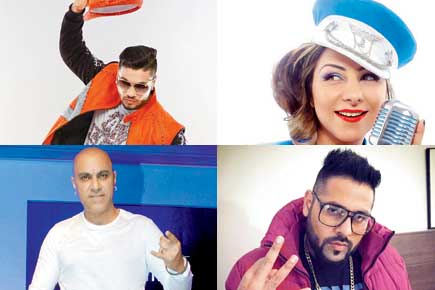
Raftaar, Baba Sehgal, Hard Kaur, Badshah
The first time we switched on DD Metro and heard Baba Sehgal sing Thanda Thanda Pani, no one knew he was rapping, not even Baba himself. By the time the rap trend hit India, it was already a popular genre in the West by then. What emerged in South Africa and the USA as a medium of protest, became one of the coolest ways of expression all over the world. The trend caught on in India, when the King of Rap, Baba Sehgal, got inspired by Vanilla Ice’s 1990 single Ice Ice Baby.
Rap was associated with gangster culture, guns and street fights, but, like many other things in India, that was not case with desi rap. Rap seemed like a big risk, and there weren’t many takers — be it music companies or singers. It didn’t seem like a guaranteed road to success. But Baba Sehgal became a legend in his own right, followed by the likes of Devang Patel, Blaaze and Bohemia, to name a few.
However, since 2000, the Indi-pop culture went mellow and along with it went the love for rap. Singers ventured into the more traditional forms of music and lyric writing. In 2007, we had our very first female rapper, Hard Kaur, who brought back this much- loved trend and incorporated it in Bollywood.
She started off with a single, Ek Glassy, and was soon roped in by Sriram Raghavan for Johnny Gaddaar (2007). But no one has found fame, both good and bad, as much as Yo Yo Honey Singh, who has been driving people into a frenzy with his rap. Word has it that producers now line up outside his house to make the artiste contribute to their movies.
Thus, there is enough to conclude that filmmakers are in constant search for creative and talented rappers everyday. sunday mid-day got in touch with India’s talented rappers to find out more on the rise and fall of this genre and its future in our country.
Raftaar
What is rap: The full form of rap is rhythm and poetry. You need to fit a story in a two-minute bar. It’s storytelling about what you see and hear.
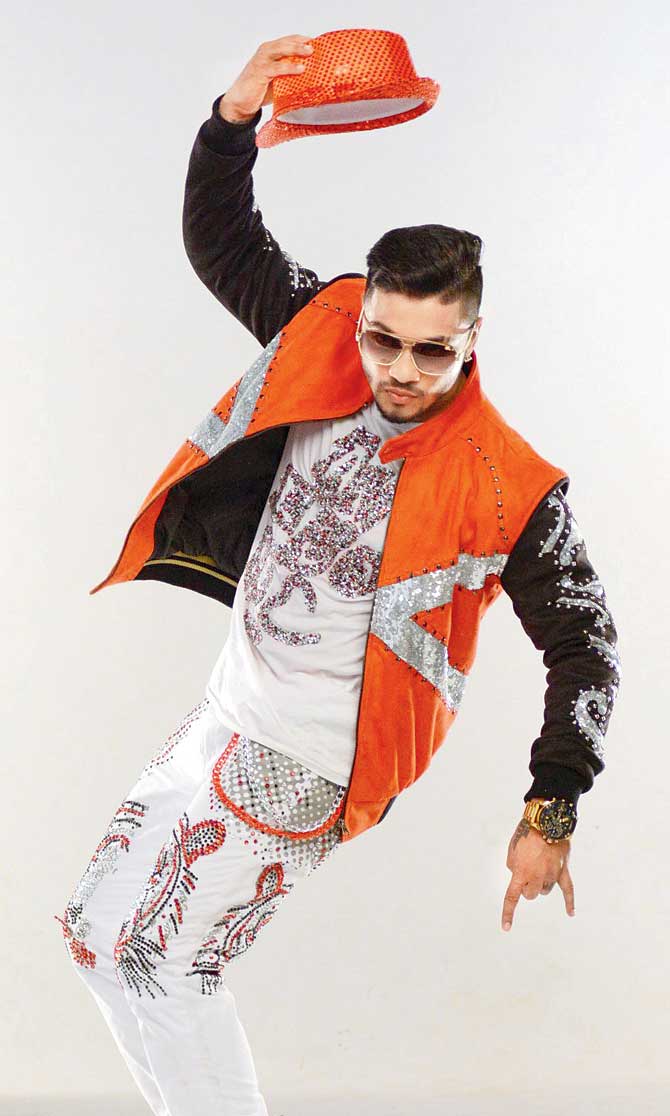
Inspiration: I was truly inspired by the debut CD of Eminem. I realised I could do this too.
Humble beginnings: I was very good at rhyming and wrote everything in rhymes since the third grade. I thought it was great. In the tenth grade, I got a CD of Eminem’s songs and that was it for me! I’d make friends and other people listen to what I wrote. But no one got it! That’s when I shifted from English to Hindi and Punjabi.
Rise and fall: In the beginning, singers did parody rap, like Style Bhai, for instance. If you listen to them, none of it was serious. No one had the opportunity to listen to Western rappers like Tupac Shakur or N.W.A — there was no source for inspiration. Everyone starts off as a wannabe; nobody saw it has career option. It was just about rhyming and fun. But rap is not just about mocking someone; it is a serious art with a story and poetry. You keep mocking things and people will lose interest eventually. But, rap has grown in India, thanks to social media.
Competition: Lyrically, I don’t compete with anyone. But there need to be two bulls fighting or no one will vouch for one. I think Badshah is really good. He is commercial, and he knows how to do actual poetry. He’s like a brother to me
and we often chill together. We always want to do one better than the other — it’s healthy competition.
Baba Sehgal
What is rap: Rap started way back in the 1970s in America as the voice of protest. Rap needs to have a strong concept and should fit in two-three minutes, something that Indian rappers need to keep in mind. Rappers nowadays are doing well commercially, but they are not exploiting the genre the way I’m doing it. My recent songs, Going to The Gym, and Chicken Fried Rice, have gone viral and people have been appreciating it. I am not boasting about my cars, women or things like that. Unfortunately, that’s what rap is all about these days.
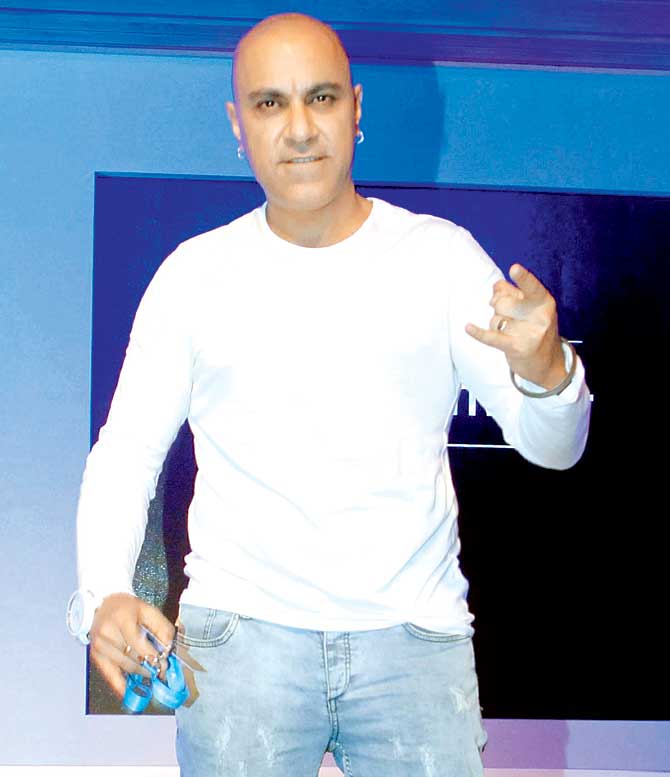
Inspiration: I wanted to do something different, and wasn’t particularly inspired by anyone.
Humble beginnings: I did Thanda Thanda Pani for survival’s sake. I belonged to a middle-class family and came from Lucknow to Mumbai. Changing cities was a drastic step, and my dad gave me six months to fulfil my dreams. When I heard Ice Ice Baby and saw the music video, the melody clicked and so I recreated it with my own story. At that time, I didn’t even know that I was rapping. When I presented it to my company, they hated it. They sidelined it, telling me it would not sell. I asked them to release it without paying me a penny. Luckily, things went in our favour it sold 10 lakh copies.
Rise and fall: Till 2001, we saw several music companies close down. Artistes went in different directions. Companies were not keen on rap and they vanished into film music and remixes became more popular.
Competition: There’s hardly any competition these days and rappers seem to be doing what they like. As long as they get the content right, it’s fine. However, I do believe that using abusive lyrics will not last long. I know Honey Singh, Raftaar and Badshah are all talented in their own ways. They are lucky to be working in Bollywood which will give them a great platform, unlike me.
Hard Kaur
What is rap: What we are doing nowadays is definitely not rap. Initially it was just music, and then it was about people’s personal experiences. Later, people began to use to talk about the government, gangsters, guns, drugs and sex. Then it went to intelligent rap, after which all people spoke in rap was about money, girls and bling.
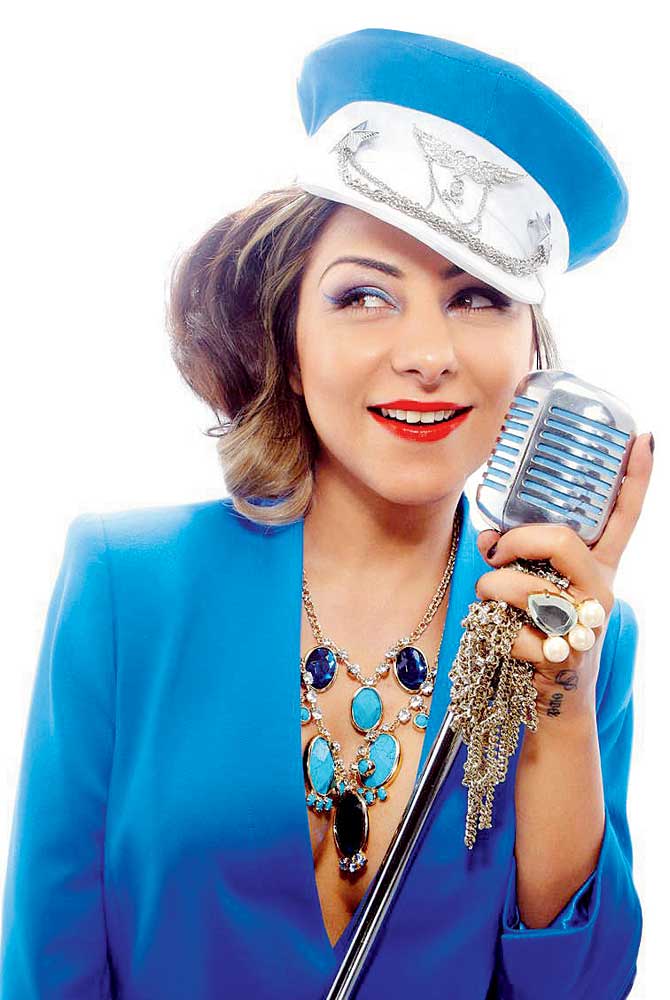
Inspiration: KRS-One was like a mentor for all rappers. He spoke about knowledge and education. Rapper Nas spoke about fighting racism. Buster Rhymes was a comedy entertainer, and I feel like a bit like a female Buster Rhymes. In rap, you must have your own identity.
Humble beginnings: I have been doing rap for 20 years. I went to rap battles and many festivals and shows. My mom said that I should try something for the country. I made a song about alcohol, but it became a hit. Show a little cleavage, wear short skirts, talk about partying and the song is a hit. It’s not my fault, but this works. I like having money and not being a struggling artiste.
Bollywood connection: If I sing as an independent artist, no one would want to listen to me, but when I come through Bollywood, everyone sits up and takes notice.
Rise and fall: These days, anyone can start a YouTube channel and claim to be a rapper. While social media has opened up a new stage for talented people, in the mix, you will also get some people who are not that good or creative. The raps you hear are repetitive and influenced by the West. No one wants to be innovative. Few talented people emerge through these platforms.
Competition: I compete with myself. I think Raftaar experiments with his flow and that is really good. He’s the only one who messes with the flow and tries different things. But there’s no one else who excites me.
Badshah
What is rap: When I rap, I am telling a story — about my life and my experiences. It is about telling stories vicariously or talking about what is happening around you.
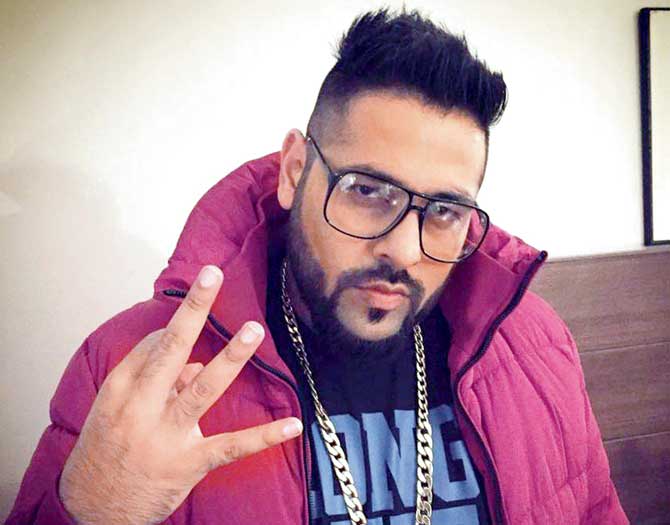
Inspiration: It gives me a kick to tell a story, rhyme and do word-play and make an impact on another person. I don’t look up to people and I cannot relate to them; my story is my own.
Humble beginnings: I was still in school when I wrote my first rap. It was about my Mathematics teacher. That’s when people told me I was good and appreciated it.
Bollywood connection: Bollywood called me, saying they wanted my talent. Bollywood gives more exposure and a platform to showcase your music. It was a swell opportunity for me to perform to a wider audience. As children, we are all fascinated by a star, and when you get a call to work with them — it’s a golden opportunity.
Rise and fall: I think the sensibilities of Indian artists have changed with time. I respect Baba Sehgal and what he did. Indie pop took over and a lot of people didn’t quite get the kick from rap. Music, taste, people — all have evolved with time. If we keep on doing new things, it will flourish. In India, we’ve developed a whole new thing called hip-pop-rap or Bollywood rap, which is different from actual rap. If we stay original and professional without being influenced, it will go a long way.
Competition: There’s no competition in the industry as such. I believe that my competition is the kid sitting in the last bench in school who thinks he can do rap. That kid, whose conviction is stronger than mine, can be a threat.
 Subscribe today by clicking the link and stay updated with the latest news!" Click here!
Subscribe today by clicking the link and stay updated with the latest news!" Click here!










